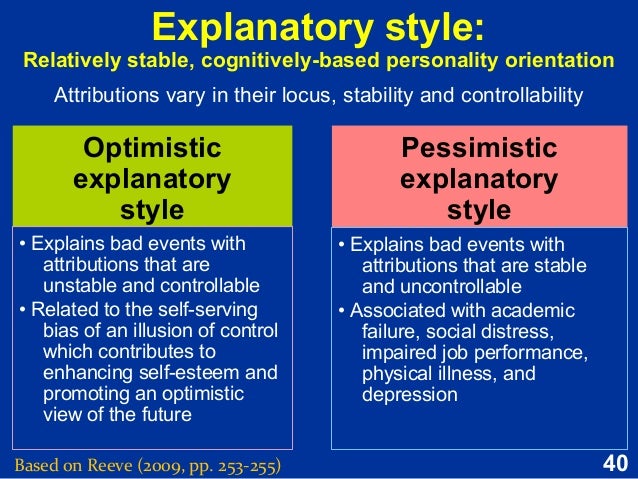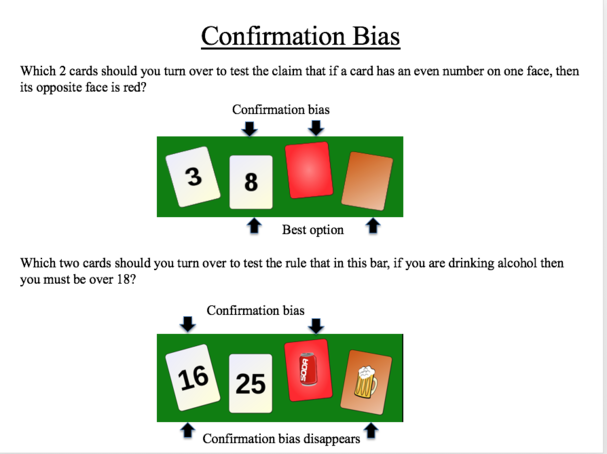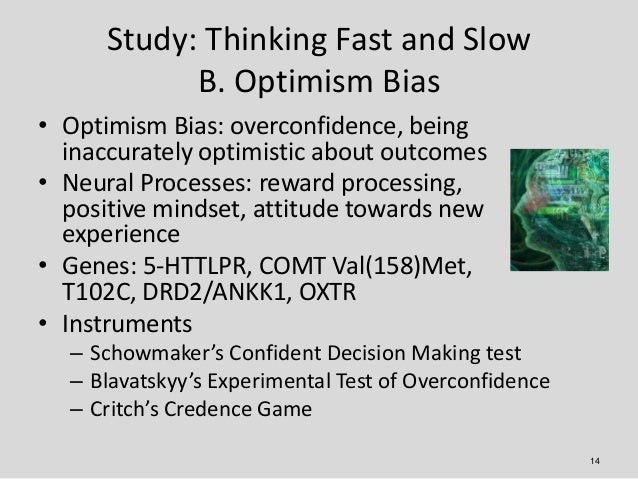
“In most circumstances, optimism appears to be the best strategy, because it allows individuals to acquire resources to pursue goals, be persistent, and be open to opportunities (if they are realistically available). Nevertheless, while the nature of the relationship between pessimism and depression is complex, what is clear is that the two are strongly associated with each other. However, it’s difficult to conclusively determine whether and to what degree people are pessimistic because they are depressed or depressed because they are pessimistic. This could be attributed, among other things, to the fact that the areas of the brain that mediate feelings of optimism tend to show irregular activity in depressed individuals. This is evident, for example, in the fact that depressed people are more pessimistic when predicting future events, compared to non-depressed individuals, even when they are given the exact same information with which to make their predictions.Īs such, pessimism is considered to be one of the key symptoms of depression, and there is a strong correlation between pessimism and other depressive symptoms, such as sadness, hopelessness, and feelings of helplessness. Furthermore, there is sometimes a general social stigma against pessimism, which can cause pessimistic people to feel rejected by others.ĭepressed people are more prone to the pessimism bias.
#OPTIMISM BIAS DEFINITION HOW TO#
From “ Learned Optimism: How to Change Your Mind and Your Life“, by psychologist Martin E.

These experiments also show that optimists do much better in school and college, at work and on the playing field…” Literally hundreds of studies show that pessimists give up more easily and get depressed more often. These two habits of thinking about causes have consequences. The optimists, who are confronted with the same hard knocks of this world, think about misfortune in the opposite way… “The defining characteristic of pessimists is that they tend to believe bad events will last a long time, will undermine everything they do, and are their own fault.

Dogs sometimes exhibit the pessimism bias after being separated from their owners, even if they’re only separated for a short amount of time.Bees sometimes display the pessimism bias when they are exposed to situations that cause them to feel anxiety.


For example, it can cause you to overestimate the likelihood that bad things will happen to someone that you care about, or to overestimate the likelihood that past events were going to end with a bad outcome.įinally, there are also many examples of the pessimism bias in the animal world. In addition, the pessimism bias is also associated with similar patterns of thinking. The pessimism bias can lead you to give up on trying to make a positive change that you want to make in your life, by making you incorrectly believe that you’re not going to succeed, no matter how much effort you put in.The pessimism bias can make you believe that you shouldn’t approach a person that you want to talk to, because of the false assumption that they will probably dislike you, even though there’s no reason for you to think that.The pessimism bias can cause you to feel you’re likely to fail an upcoming job interview, even if you’re well-qualified for the job and have done well on similar interviews in the past.There are many examples of how this can affect your think, including the following: The pessimism bias is primarily associated with the tendency to overestimate how bad the future will be for you, in the sense that you overestimate the likelihood of negative outcomes and underestimate the likelihood of positive outcomes. Warning about pessimism, depression, and mental health.Accounting for other people’s pessimism bias.Helping others deal with the pessimism bias.


 0 kommentar(er)
0 kommentar(er)
